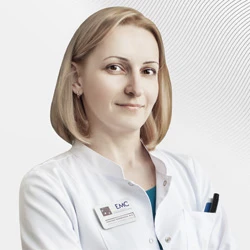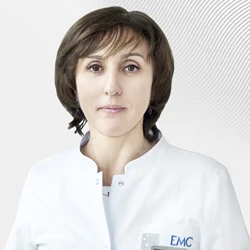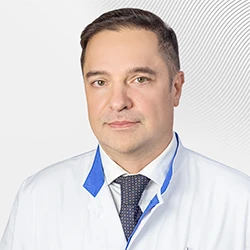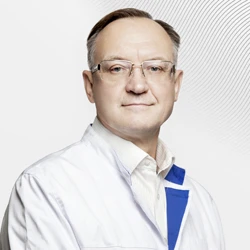Brain tumors
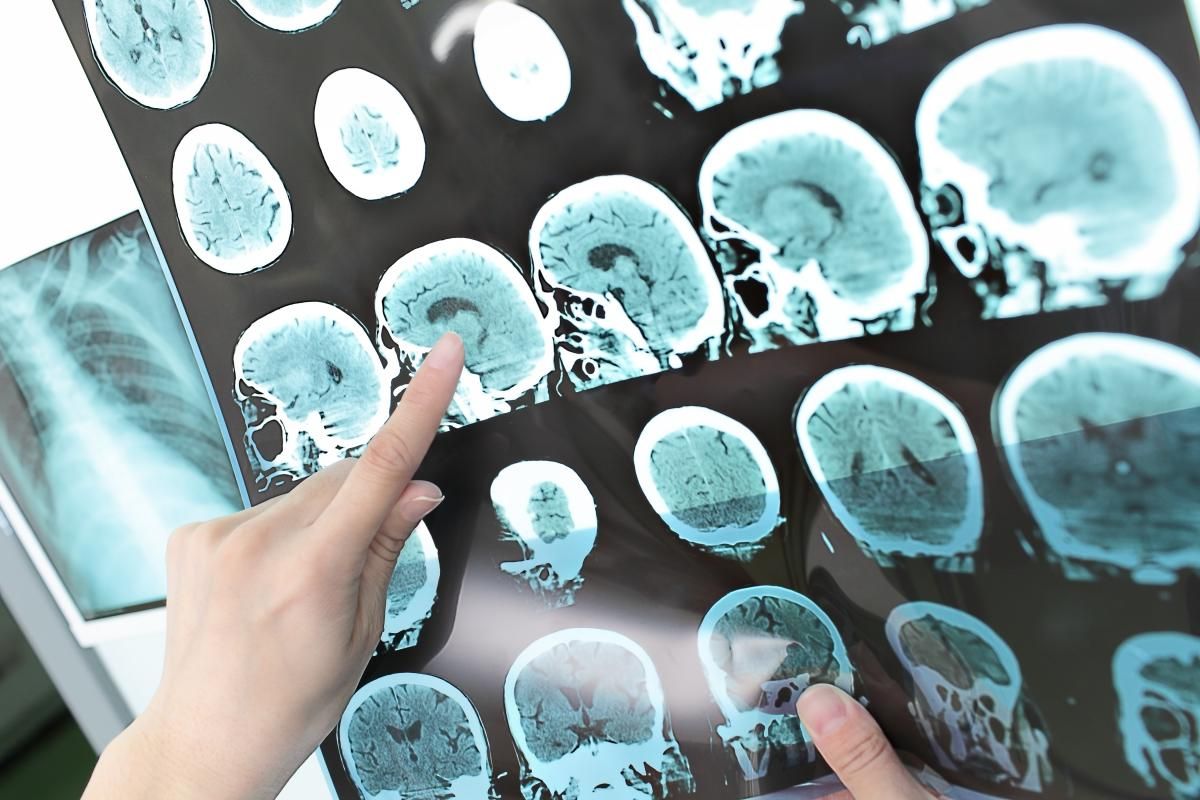
A brain tumor is a bulky formation that forms in or near the brain from pathological cells.
Benign and malignant tumors are found in the brain (glioblastoma). Malignant tumors are divided into primary and secondary, also called metastatic. The primary ones are formed in the brain, and the secondary ones in other parts of the body, and then spread to the brain.
The rate of growth and localization of bulky formations depend on their effect on the nervous system.
Primary tumors
Primary brain tumors are formed from brain cells or located near cells forming the soft membranes of the brain, nerves of the skull, epiphysis or pituitary gland.
The reason for their appearance are mutations that occur in DNA, which stimulate accelerated cell growth and their active division. Soon there is an accumulation of abnormal cells forming a tumor. Primary neoplasms in the brain are less common than secondary ones.
There are several types of primary tumors (they are named according to the type of cells that are involved in the formation of the tumor):
-
Gliomas occur not only in the brain, but also in the spinal cord. These include glioblastomas, oligodendrogliomas, astrocytomas, oligoastrocytomas, and ependymomas.
-
Meningiomas are the name given to formations that are usually benign and form from the soft membranes of the brain.
-
Schwannomas, or neurinomas, are benign growths localized on the auditory nerves.
-
Adenomas are tumors (mostly benign) that form in the pituitary gland.
-
Medulloblastomas are cancerous growths that are usually diagnosed in childhood. In adults, they form much less frequently. Medulloblastomas form in the lower parts of the brain.
-
Primitive neuroectodermal tumors are malignant formations that form in brain stem cells. They are very rare.
-
Germinogenic – they are usually formed in the germ cells from which the sex glands are formed. But sometimes they are found in the brain and other parts of the body.
-
Craniopharyngiomas are benign growths located near the pituitary gland. They are quite rare and are characterized by slow growth. But in the absence of timely therapy, they can cause disorders in the functioning of the pituitary gland and adjacent structures.
Secondary tumors
Secondary neoplasms are the result of metastasis of cancer that has affected other parts of the body. Most often, metastases in the brain are formed in malignant tumors of the lungs, kidneys, mammary glands, colon, and skin.
Types of gliomas
Gliomas are the most common malignant tumors of the brain. They are formed from glial cells – auxiliary cells of the nervous tissue.
Depending on the type of cells forming the tumor, three types of gliomas are distinguished:
-
Astrocytomas (glioblastoma, anaplastic, and diffuse astrocytoma are most commonly diagnosed);
-
ependymomas (the most common are mixopapillary and diffuse, as well as subependymomas);
-
Oligodendrogliomas (mainly anaplastic oligodendroglioma and oligoastrocytoma are found).
The prognosis of the disease and treatment tactics depend on the type of tumor. Chemotherapy, radiotherapy, targeted therapy, and surgery are commonly used to treat gliomas.
Causes and risk factors
It is quite difficult to determine the cause of the formation of brain tumors.
There are known factors that can increase the risk of brain tumors:
-
Old age. In most cases, tumors are found in 60-80-year-olds. But they can form at any age. And pilocytic astrocytomas and ependymomas most often affect young people and children.
-
Radiation. It has been observed that in people exposed to strong ionizing radiation, bulky formations in the brain are diagnosed much more often. At the same time, recent studies have shown that, for example, electromagnetic radiation coming from microwaves, mobile phones and power lines does not increase the risk of developing tumors in the brain.
-
Hereditary predisposition. Usually, heredity does not affect the appearance of brain tumors, but with gliomas it increases the likelihood of developing the disease by two times. Gliomas are also often diagnosed in people with genetic pathologies, including neurofibromatosis and tuberous sclerosis.
Symptoms of a brain tumor
Signs of the disease can vary significantly depending on the type and size of the malignancy, its localization and growth rate.
Tumors that have formed in the brain usually manifest themselves with the following symptoms:
-
visual pathologies (double vision, loss of lateral vision, the appearance of "fog" in front of the eyes);
-
a headache;
-
speech problems;
-
nausea and vomiting;
-
enuresis;
-
violation of coordination;
-
confusion of consciousness;
-
weakening of thinking abilities and memory;
-
irritability;
-
epileptic seizures;
-
personality change.
Diagnosis of brain tumors
In order to establish an accurate diagnosis and choose the best treatment methods for a brain tumor, the patient is referred for examinations, which include:
-
Neurological examination – the neurologist carefully examines the patient, checks the acuity of hearing and vision, conducts tests for coordination and balance, determines the strength and presence of reflexes. Due to the detected disorders in the functioning of the body, the doctor will be able to identify the affected part of the brain.
-
Instrumental diagnostic methods. Usually, magnetic resonance imaging is performed, including perfusion and functional, as well as magnetic resonance spectroscopy. To increase the effectiveness of the diagnosis, an intravenous contrast agent is used.
-
Diagnostic procedures aimed at detecting malignancies in other parts of the body and determining the metastatic origin of tumors in the brain. Positron emission tomography is mainly used.
The European Medical Center is one of the few clinics in Moscow where positron emission tomography with 18F-FDOPA for the diagnosis of glioblastomas in the brain. The method is used both for the primary diagnosis and determination of the prevalence of these tumors, and for the diagnosis of relapses after treatment, and it shows a high degree of differential diagnosis of post-radiation changes and tumor tissues, which is difficult to do using standard methods such as MRI.
Brain tumor treatment
Brain tumor treatment should be started immediately after diagnosis – the price of delay is too high. When choosing treatment methods for glioma, its type, size, location and degree of malignancy are taken into account, as well as the patient's age and the presence of other diseases. In addition to actions aimed at removing the tumor, the doctor may prescribe symptomatic treatment. Steroids are used to reduce swelling and relieve pressure on the affected parts of the brain. Antiepileptic drugs will help to stop seizures of epilepsy.
Surgical treatment of a brain tumor
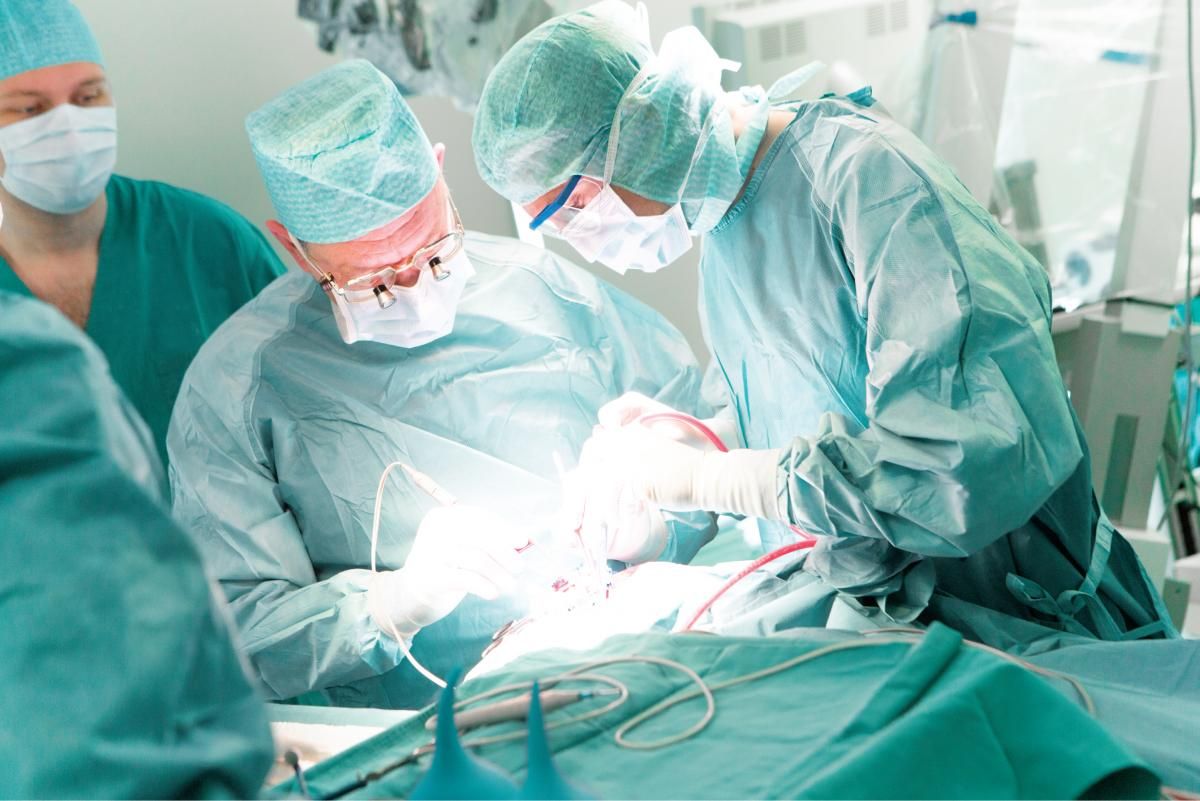
The main treatment method is surgery, during which the maximum possible volume of the tumor is removed. Small tumors usually easily detach from nearby healthy tissue, allowing them to be completely removed. Large cancerous growths, as well as those located near sensitive areas of the brain, are partially removed so as not to damage the brain. But even partial resection of the tumor significantly facilitates the patient's condition.
At the EMC clinic, postoperative pathomorphological examination is carried out by highly qualified Russian and foreign specialists to accurately determine the type of tumor. If necessary, the diagnosis can be verified in leading foreign clinics. Making an accurate histological diagnosis is a key point in correctly determining the prognosis of the disease, the need for further chemoradiotherapy, and the patient's follow-up regimen.
In EMC Neurology and Neurosurgery Clinic under the supervision of Professor, MD, Corresponding Member of the Russian Academy of Sciences, member of the Royal College of Surgeons of England Alexey Leonidovich Krivoshapkin performs the most complex operations for adults and children in the field neuro-oncology. Operations using advanced global technologies are performed by highly qualified Russian and foreign neurosurgeons with experience in leading clinics in Europe and the USA. The clinic is located in a modern multifunctional EMC hospital at 35 Shchepkina St., Moscow.
Radiation therapy
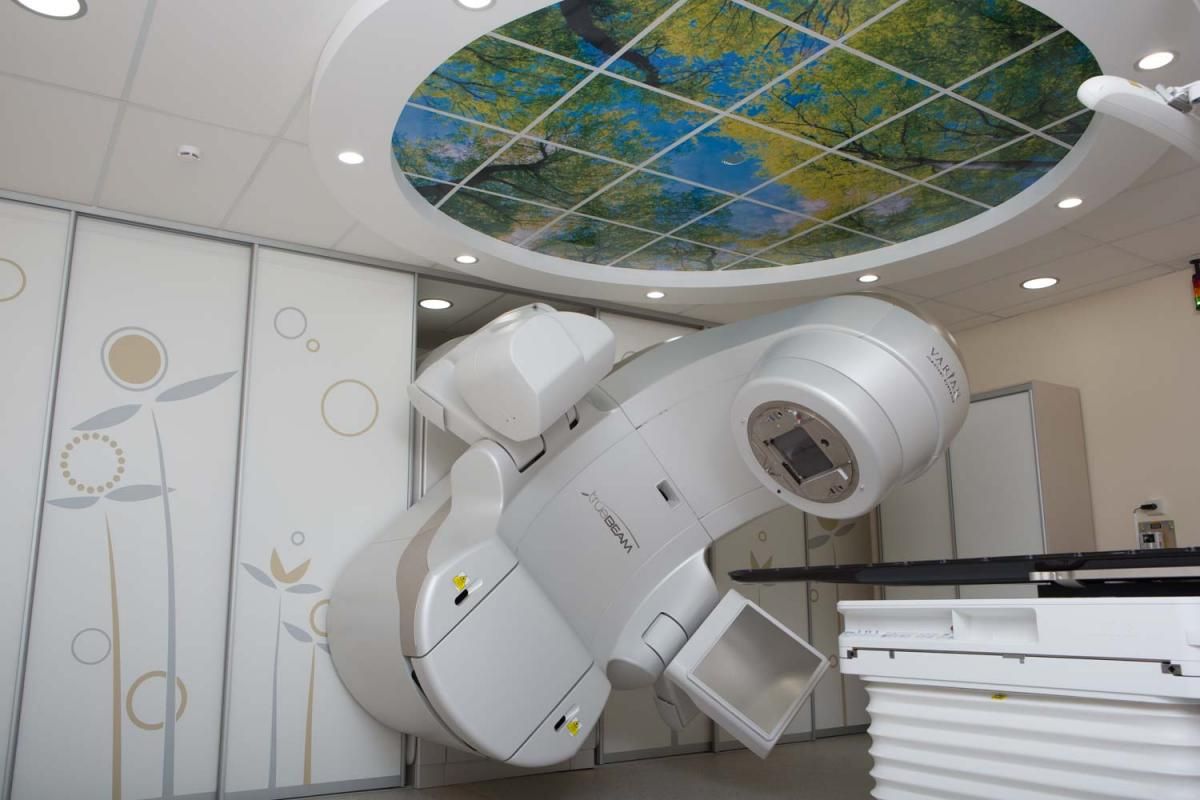
Radiation therapy is often performed after surgery. It is especially necessary for gliomas characterized by an increased degree of malignancy. Thanks to the achievements of radiosurgery, it is possible to destroy cancer cells with high accuracy (to fractions of a millimeter), minimally injuring nearby healthy tissues.
The EMC Radiation Therapy Center has the latest generation of equipment — the only EDGE system in Russia and the Truebeam linear accelerator (USA), which are used in leading cancer clinics in Israel, Europe and the USA and provide the opportunity to use the most modern methods of radiation treatment, including Stereotactic radiosurgery (SRS). A team of experienced radiotherapists works with the patient under the guidance of the chief radiotherapy specialist of Moscow, Dr. Nidal Salim.
Chemotherapy
In most cases, radiation therapy is combined with chemotherapy. In the treatment of gliomas, temozolamide tablets are mainly prescribed.
Targeted therapy
Unlike chemotherapy, targeted therapy acts only on specific molecules present in malignant cells. In the treatment of glioblastoma, Bevacizumab or Avastin, which is administered intravenously, is usually used. It affects the blood vessels that approach the tumor, depriving cancer cells of oxygen and nutrients, which leads to the death of the malignant formation.
Patients can also participate in clinical trials of new drugs that are being developed by the world's leading drug manufacturers. For more information about clinical trials of such drugs, please contact specialists EMC Neurosurgery Clinics.
Unique treatment method
Doctors of the European Medical Center have patented an innovative technology for the treatment of recurrent malignant gliomas of the brain, based on the use of intraoperative radiation therapy. The essence of the new technique is to destroy the residual fragments of the neoplasm using balloon brachytherapy — interstitial radiation therapy. The irradiation of the bed of the removed tumor is performed directly in the operating room. The technology introduced in the framework of the clinical trial has made it possible to achieve a significant increase in the life expectancy of patients with recurrent malignant gliomas by more than two times.
Why the EMC
The first and only clinic in Russia, created in the image of the world's leading clinics
EMC is a multidisciplinary center offering patients a high level of medical services and a personalized approach
Worldwide recognition and awards
 Learn more
Learn more
Worldwide recognition and awards
 Certificates and licenses
Certificates and licenses
Make an appointment for a consultation
Specify your contacts and we will contact you to clarify the details
Reviews
and new products of the EMC



.webp)





